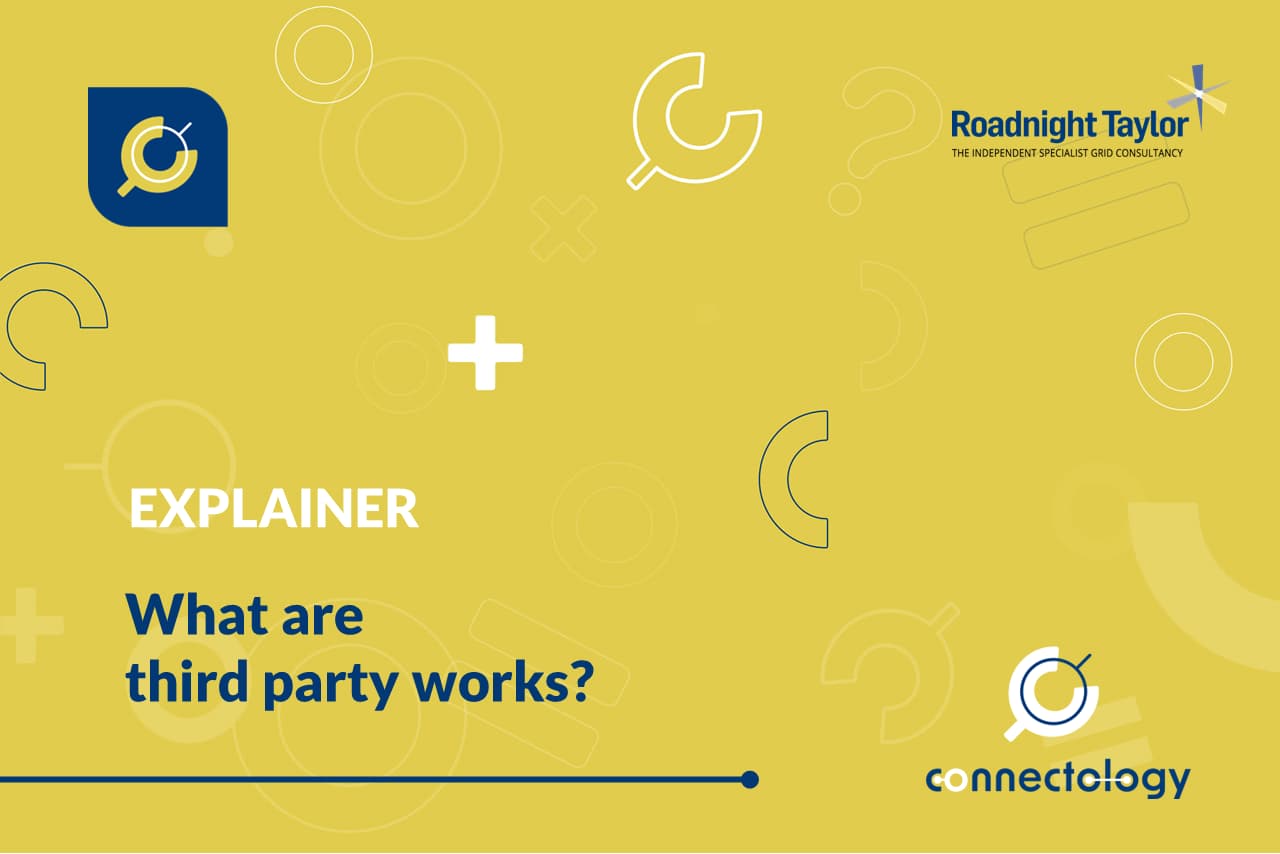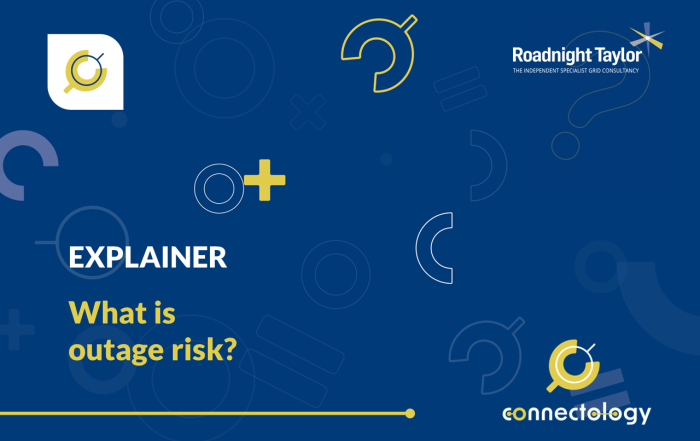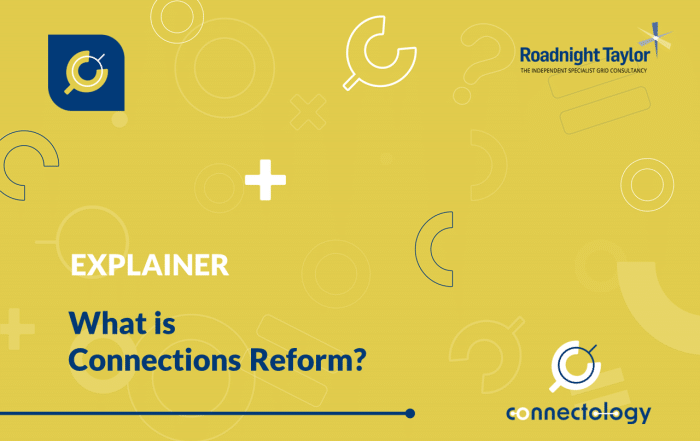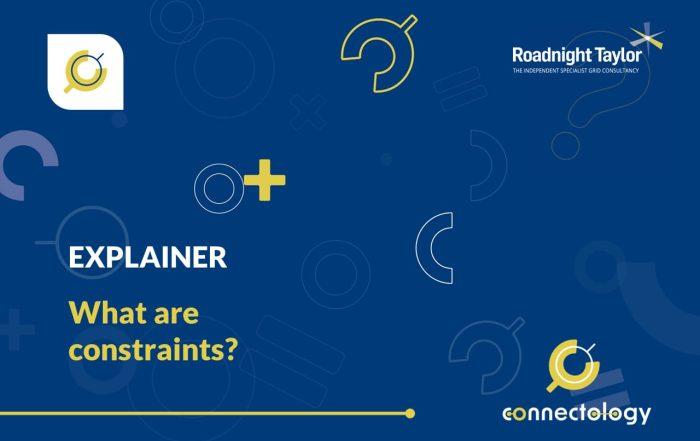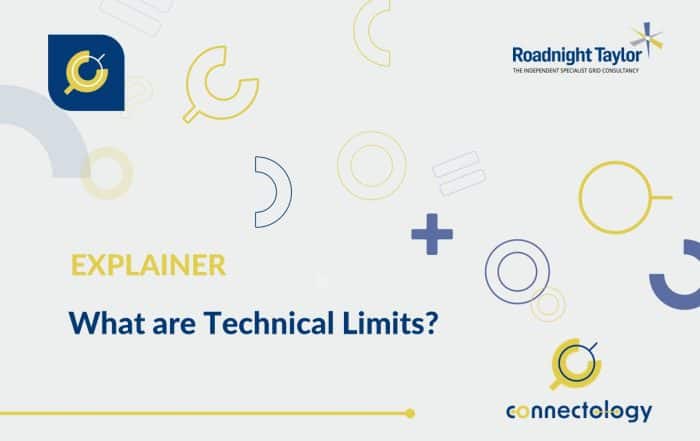What are third party works?
Third Party Works are works which are associated with a connection being made directly onto the electricity transmission network but which must first be carried out downstream on an electricity distribution network which it will be impacting.
Article by Nikki Pillinger – expert grid connections project manager
Before joining Roadnight Taylor Nikki, headed grid teams at GRIDSERVE and British Solar Renewables where she managed the origination, de-risking, project management and energisation of a large number of grid connections. Nikki has also led the grid oversight in a significant volume of both project acquisitions and project sales.
21st March 2023

An increasing number of energy scheme developers are choosing to apply for transmission connections, including into tertiary windings on Supergrid Transformers (SGTs). These connections will potentially have an impact on not only transmission infrastructure, but also on the distribution networks that they feed into. The Distribution Network Operator (DNO) is the third party and any works triggered on the distribution system by a transmission customer are the Third Party Works (TPW).
Assessing third party works
In order to keep the network safe and compliant, there needs to be a process via which the DNO can assesses what impacts a new transmission connection will have on their existing infrastructure. This is akin to the Statement of Works process, where National Grid ESO assesses the impact of distribution connections on the transmission network, but in reverse. The offers issued by National Grid ESO usually state that the developer needs to make a Third Party Works application to the DNO.
There is currently no standardised method for how this process should be carried out and no set timescales for the DNOs to do their assessment, as there is for standard connection offers or for the transmission works assessment process. Most DNOs require some sort of application, similar in content to a G99 connection application to a distribution network, and will provide some kind of offer.
In order to improve the process, there is a CUSC Modification in proposal stage, CMP328 (Connections Triggering Distribution Impact Assessment), that proposes to put in place a process to be utilised when a transmission connection triggers a Distribution Impact Assessment. This seeks to ensure that the process in place for these connections reflects the necessary contractual relationship of all parties involved. It should also bring consistency to the process across DNO licence areas.
Impact of third party works
While it is never certain what the outcome of these assessments will be, there is a possibility that the DNO will need to carry out works in order to accommodate the new transmission connection, and these could add significant costs to the project. It is therefore important that a developer makes a third party works application to a DNO promptly after the transmission offer is accepted. Currently, the position of a transmission customer in a DNO queue is the date the third party works application is made to the DNO. So delays in making the application can lead to an increase in works required.
Our Connectology podcast
You may also be interested in listening to our podcast “Third party works – what every good Development and Investment Director should know.”
Contact us
Roadnight Taylor can help developers with transmission offers understand the potential impact of third party works on their offer, make third party works applications to a DNO, and review the third party works offer. To find out more call us on 01993 830571 or send us a message via our contact form.

